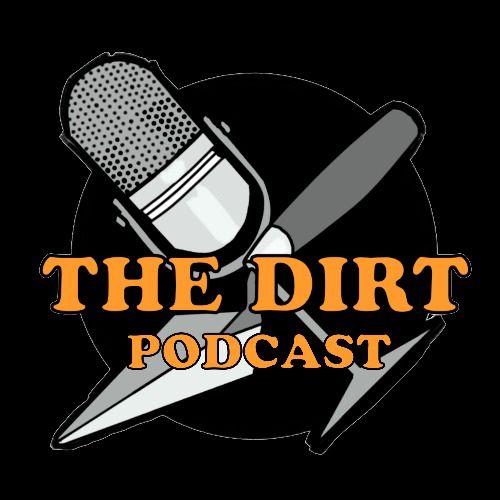bonus
Deep Cuts: Portrait of a Podcaster on Fire
Sure, the title is a stretch, but it's hard coming up with a topical joke about portraiture! This month we dive into some early examples of representing individuals in ancient art from several times and places. Amber inexplicably takes umbrage with the entirety of Byzantine art, and both hosts question what is a face and what is a couple of lines that sorta look like a face.
Further reading for this month's episode includes:
The oldest known portrait of a human—usually interpreted as a woman—sculpted from mammoth ivory (via ResearchGate)
26,000 years of capturing the human face (Inspiring Ancestry - Genealogy & DNA)
The woman from the Dolní Věstonice 3 burial: a new view of the face using modern technologies (Archaeological and Anthropological Sciences)
Archaeologists Discover an Ancient Portrait of Young Jesus in an Abandoned Israeli Church (Artnet)
The Oldest Modernist Paintings (Smithsonian)
Scientists Analyze Faiyum Portrait Pigment (Archaeology)
Ancient Faces: Mummy Portraits From Roman Egypt (The Met)
Egyptian Mummy Portrait Mysteries Solved (Artsy)
Old Masters (The Guardian)
The diagnosis of art: facial nerve palsy in ancient Rome (Journal of the Royal Society of Medicine)

